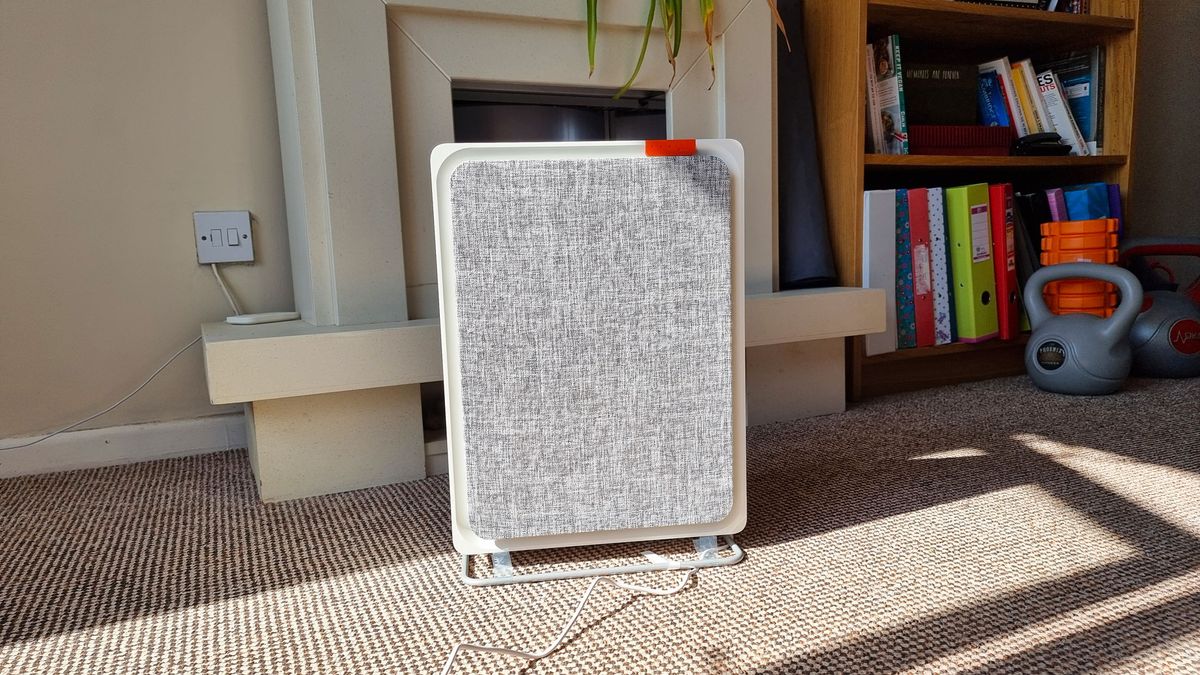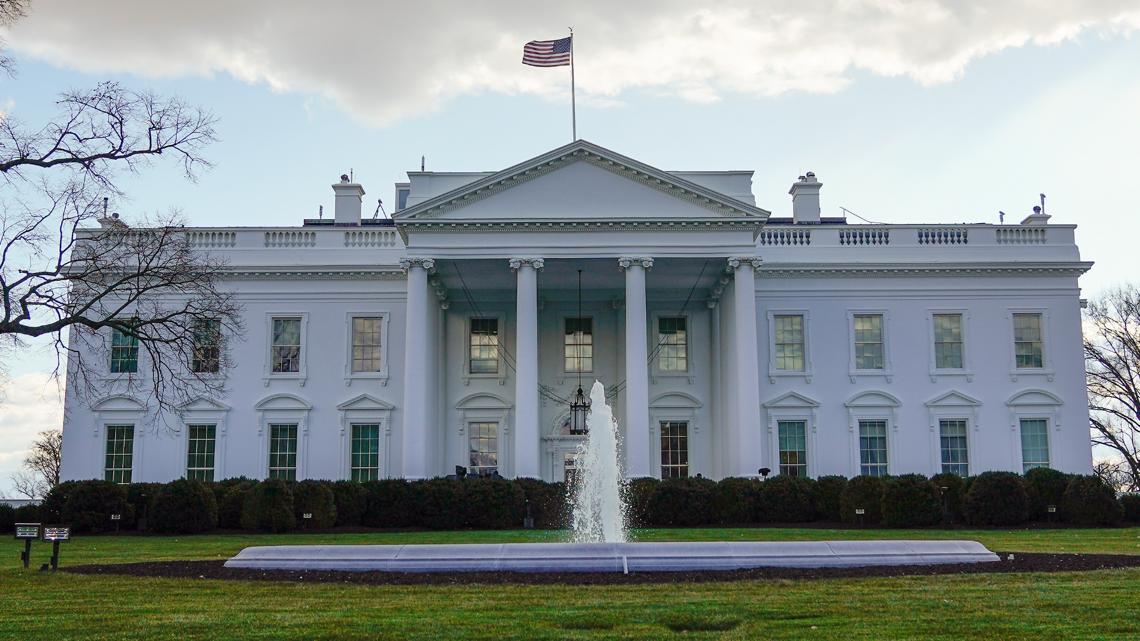ASHEVILLE – City officials announced Asheville’s water distribution system has been “substantially restored” as of Oct. 16, with 75 to 80 percent of the system running non-potable water to city and county residents.
That percentage is likely to increase by the end of the day as service expands in North Asheville and West Asheville, which first began receiving water on Oct. 15, according to spokesperson Clay Chandler. As the system pressurizes, tanks fill and the pump stations start operating, more homes in these areas will start to see water trickle in.
“While not everyone has returned to water service yet, and there’s still much work to be completed before we have full restoration, our crews have made tremendous progress,” Assistant City Manager Ben Woody said in a Oct. 16 briefing.
Residents with homes at higher altitudes will get service back “a little after their neighbors” in lower lying areas. This is in part because the tank that feeds these homes is likely at a higher elevation and requires a pump station to push water up from a lower altitude, Chandler explained.

More: Here’s where to find Asheville-area food, water distribution sites
The city can’t simply switch on those pump stations because of the amount of air in the water lines that needs to be “let off.”
“There’s a lot of air in the water line; It’ll burn it up, and those things are extremely expensive and extremely difficult to replace,” Chandler said.
Work starting to restore Eastmoor’s water
Before Tropical Strom Helene swept through Western North Carolina, a single 6-inch line brought water to about 75 homes in the Eastmoor neighborhood. The line was “completely washed across the Swannanoa River” during the storm, Chandler said.
Without water, Eastmoor residents have gotten creative, specifically 17-year-old Carson Stubbs. Stubbs and a group of young people created a pulley system to quickly get water out of a spring nearby and started using water filters donated by LifeStraw to get clean drinking water.
Helene recovery in Buncombe: Water returns slowly, donation needs change, more
But starting Oct. 16, a crew from TP Howard’s Plumbing will begin clearing out debris and underbrush where the 6-inch pipe used to lie. Meanwhile, a temporary pipe will be placed to service the neighborhood, Chandler said.
However, the water pressure coming through the temporary pipe will have less pressure than normal. With the neighborhood having some elevation change, Chandler said it’s important for low-lying neighbors to conserve as much water as possible to help those living up the hill.
What about Bee Tree?
About 40 homes in Swannanoa’s Bee Tree community are still without water – an area that received severe damage from Helene. But the good news: the water line that serves the neighborhood is still intact, Chandler said.
Yet, Asheville’s water resources crew needs to complete backfilling on the line for stabilization, so it can withstand water pressure.
“That backfilling should be complete by late today or early tomorrow,” Chandler said.


Water treatment begins on North Fork’s ‘chocolate milk’ reservoir
Watershed officials are beginning to treat water in the North Fork Reservoir so it can pass through the water treatment plant filter. The reservoir is the source for more than 70 percent of Asheville’s water customers.
“That lake was flipped completely upside down by Helene,” Chandler said. “Sediment on the bottom came all the way to the top and turned what is normally crystal-clear, pristine water into something that strongly resembled chocolate milk.”
The reservoir stores untreated water pumped from the Mills River, where suspended material typically settles out. Upon entering the treatment plant, any remaining particulate is treated with aluminum sulfate, a salt, which causes the heavy particles to settle out into catch basins.
Officials plan to dump the saltish mineral straight into the reservoir starting Oct. 16. The sulfate will work to clump together billions of clay particles suspended in the water, weighing the particles down enough to sink to the bottom, Chandler said. The reservoir should then clear from the top down.
More: Asheville reservoir to get direct water treatment in effort to speed return of supply
Caustic soda will then be added to adjust the pH of the water, allowing the aluminum sulfate to do its job. The mineral is normally used in the city’s water treatment and filtration process, according to Chandler.
“By Friday, we will have an idea, at least, of how long that treatment process will take. It’s just too early to know, with the temperature of the water and the current levels of turbidity, how long that will take,” Chandler said.
In the meantime, a boil water notice is in effect for every customer served by the city of Asheville, including Mills River and North Fork.
“This was done out of an abundance of caution, because now that North Fork is online, there are mixing zones … where water from the two plants can potentially mix,” Chandler said.
Woody previously asked residents who had regained water to help flush the system by flushing private lines for about 15 minutes via bathtub or outdoor faucets. Before flushing, close valves to hot water heaters and other appliances such as ice makers.
Even as water flushes and grows clearer, it is unsafe for consumption. City water is safe for laundry, showering, and hand washing if no food preparation is done directly after.
What to know: Legionnaires’ disease, tetanus among health risks North Carolina residents face in the wake of Helene flooding
Ryley Ober is the Public Safety Reporter for Asheville Citizen Times, part of the USA Today Network. She is a graduate of Indiana University and was the Citizen Times Summer News Reporting Intern in 2022. Email her at [email protected] and follow her on Twitter @ryleyober
This article originally appeared on Asheville Citizen Times: Asheville water latest update: System ‘substantially restored’














